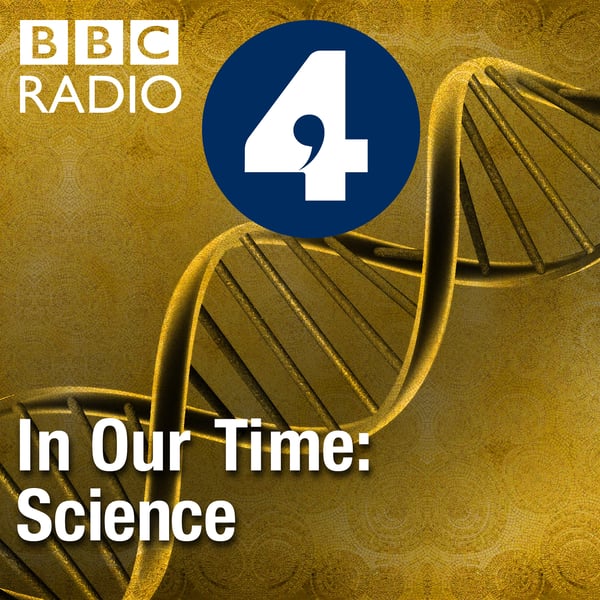The Science of Glass
In Our Time: Science
BBC
4.5 • 1.4K Ratings
🗓️ 28 May 2015
⏱️ 46 minutes
🧾️ Download transcript
Summary
Transcript
Click on a timestamp to play from that location
| 0:00.0 | Thank you for downloading this episode of In Our Time, for more details about in our time, and for our terms of use, please go to BBC.co.uk. |
| 0:09.0 | I hope you enjoy the program. |
| 0:11.0 | Hello, around 5,000 years ago the Egyptians were using glass to make beads, melting |
| 0:15.8 | sand at very high temperatures and cooling it rapidly in water. Ever since glass has been |
| 0:20.5 | deeply puzzling, scientific advances reinforce the urge to understand |
| 0:24.8 | the glass from spectacles, prisms and telescopes to optical fibers and the windows on space |
| 0:29.9 | rockets to mobile phone screens today. How can it be made stronger or clearer and what |
| 0:35.0 | does it do to light? Many glassmakers have kept their methods secret. In Venice |
| 0:39.4 | in the Middle Ages, disclosure was punishable by death. Scientists still don't precisely understand |
| 0:44.6 | what happens when sand moves from a molten state to a hard transparent phase, when |
| 0:49.0 | it appears to have solid and liquid properties. With me to discuss Glass, one of the great scientific puzzles, are Dame Athena Donald, Professor |
| 0:57.2 | of Experimental Physics at the University of Cambridge and Master of Churchill College Cambridge, |
| 1:02.4 | Jim Bennett, former Director of the Museum of the |
| 1:05.0 | History of Science at the University of Oxford and Keeper Emeritus of the Science Museum, |
| 1:09.7 | and Paul McMillan, Professor of Chemistry at University College of London. |
| 1:13.7 | I think you don't know, glass starts us something solid, mostly sand, then it's molten and once |
| 1:19.9 | cool it's a very different solid. What do we need to know about the different states of |
| 1:24.4 | matter in that process? The three familiar states of matter are gases, liquids and |
| 1:29.2 | solids, and if we think of something like water with which everyone's familiar in each of the three states, |
| 1:34.9 | it's quite easy to describe what's going on. So in a gas, the atoms or molecules are far apart. |
| 1:42.0 | They're moving very fast. You cool down into the liquid phase, |
| 1:46.4 | the molecules of water in this case would get much closer together, their movement is much |
... |
Please login to see the full transcript.
Disclaimer: The podcast and artwork embedded on this page are from BBC, and are the property of its owner and not affiliated with or endorsed by Tapesearch.
Generated transcripts are the property of BBC and are distributed freely under the Fair Use doctrine. Transcripts generated by Tapesearch are not guaranteed to be accurate.
Copyright © Tapesearch 2025.

